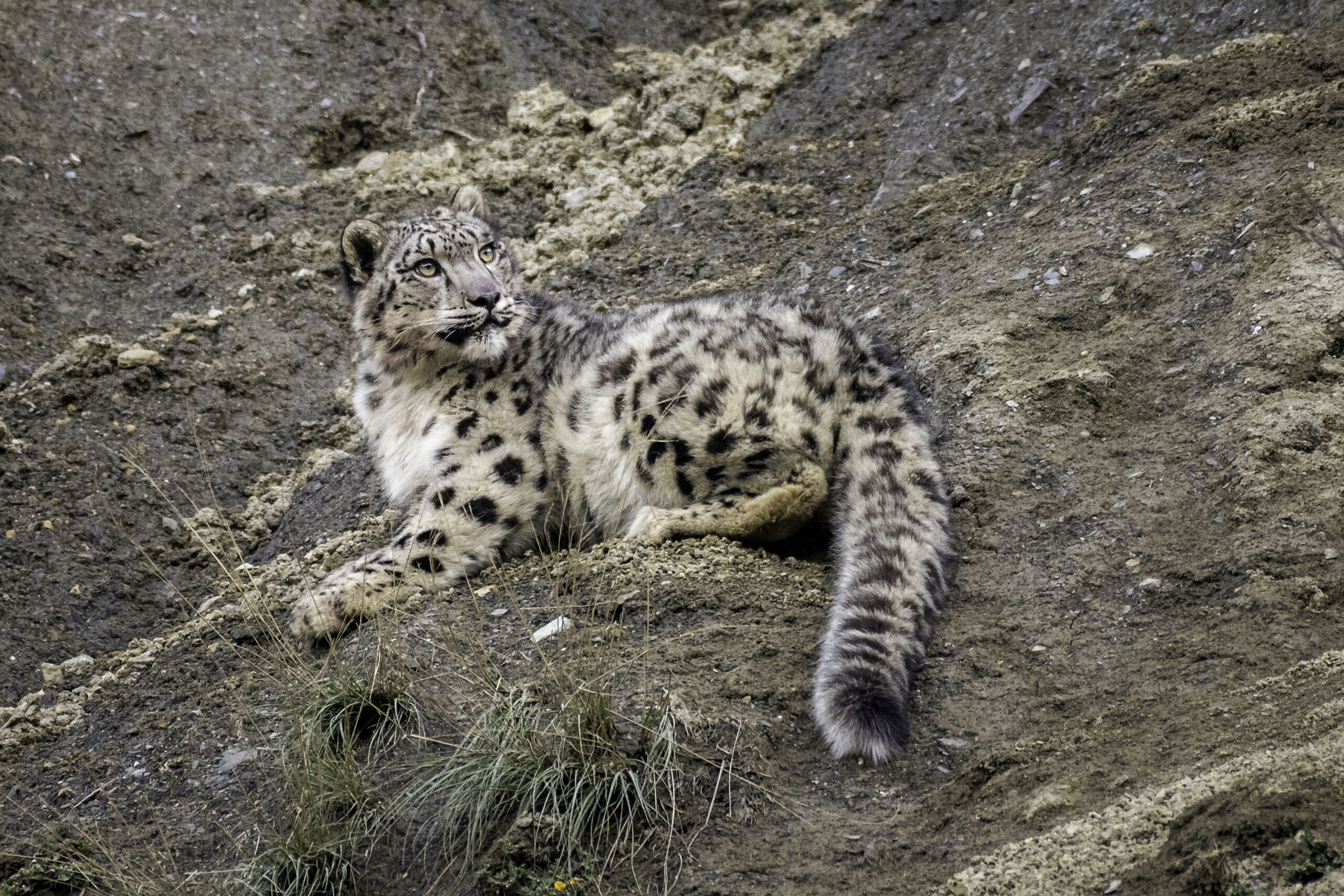
The Ghost of the Mountain
The Snow leopard (Panthera uncia) is one of the most elusive and secretive wild cats that is native to south and central Asia. It is categorized as Vulnerable in the IUCN Red List of Threatened Species and listed in CITES Appendix I. In Nepal, it is categorized as Endangered in the Nation Red List and protected under the National Parks and Wildlife Conservation Act, 197 of the Government of Nepal; thereby making it a priority species for conservation. Snow leopards are found along the northern part of Nepal, bordering with the Tibet Autonomous Region of China and with India in the east and west corner with the largest population found in Dolpa, Humla, Manang, Mugu, Mustang and Taplejung districts.

The Ghost of the Mountain
Wild yaks (Bos mutus) are large bovid native to Himalayan region particularly in the Tibetan plateau. Wild yaks are revered in the Tibetan Buddhist culture as a mythical creature. They are classified as Vulnerable in IUCN Red List of Threatened species and is listed as Critically Endangered in National Red List of Nepal. Previously thought to be extinct from Nepal, a small population was rediscovered in 2014 in the Limi valley of Humla district.
The Ghost of the Mountain
Himalayan musk deer (Moschus leucogaster) is native to Himalayan range countries, Nepal, India, Bhutan, Pakistan and China. It is listed as Endangered in the IUCN Red List of Threatened Species, whose population is in constant decline primarily due to excessive poaching for illegal trade of its lucrative musk pod. Additionally, they are threatened by habitat loss, fragmentation, and predation from wild carnivores and feral dogs. In Nepal musk deer are legally protected under National Park and Wildlife Conservation Act 1973 of the Government of Nepal.

The Ghost of the Mountain
Himalayan black bear (Ursus thibetanus) has a wide-spread geographic distribution range, with majority of the population residing in Asia. It is listed as Vulnerable in the IUCN Red List and Appendix I of CITES. In Nepal it is protected under National Park and Wildlife Conservation Act 1973 of the Government of Nepal. It is highly threatened due to poaching and illegal trade of its body parts, conflict with locals, habitat loss and fragmentation. Due to its large body size and aggressive nature, it is often referred to as “Black Giant of the Forest”.
UKALI is a community-driven model, focusing on the Upper Karnali Landscape as a learning ground and field campus. Guided by the philosophy of “Leading by Locals,” the initiative ensures that conservation efforts are community-led and grounded in the cultural heritage and values of the landscapes it serves. With the broader vision of developing a replicable approach for other mountain regions in Nepal and beyond, UKALI strengthens local institutions, nurtures conservation leaders, and enhances the capacity of communities to actively participate in and benefit from conservation initiatives.